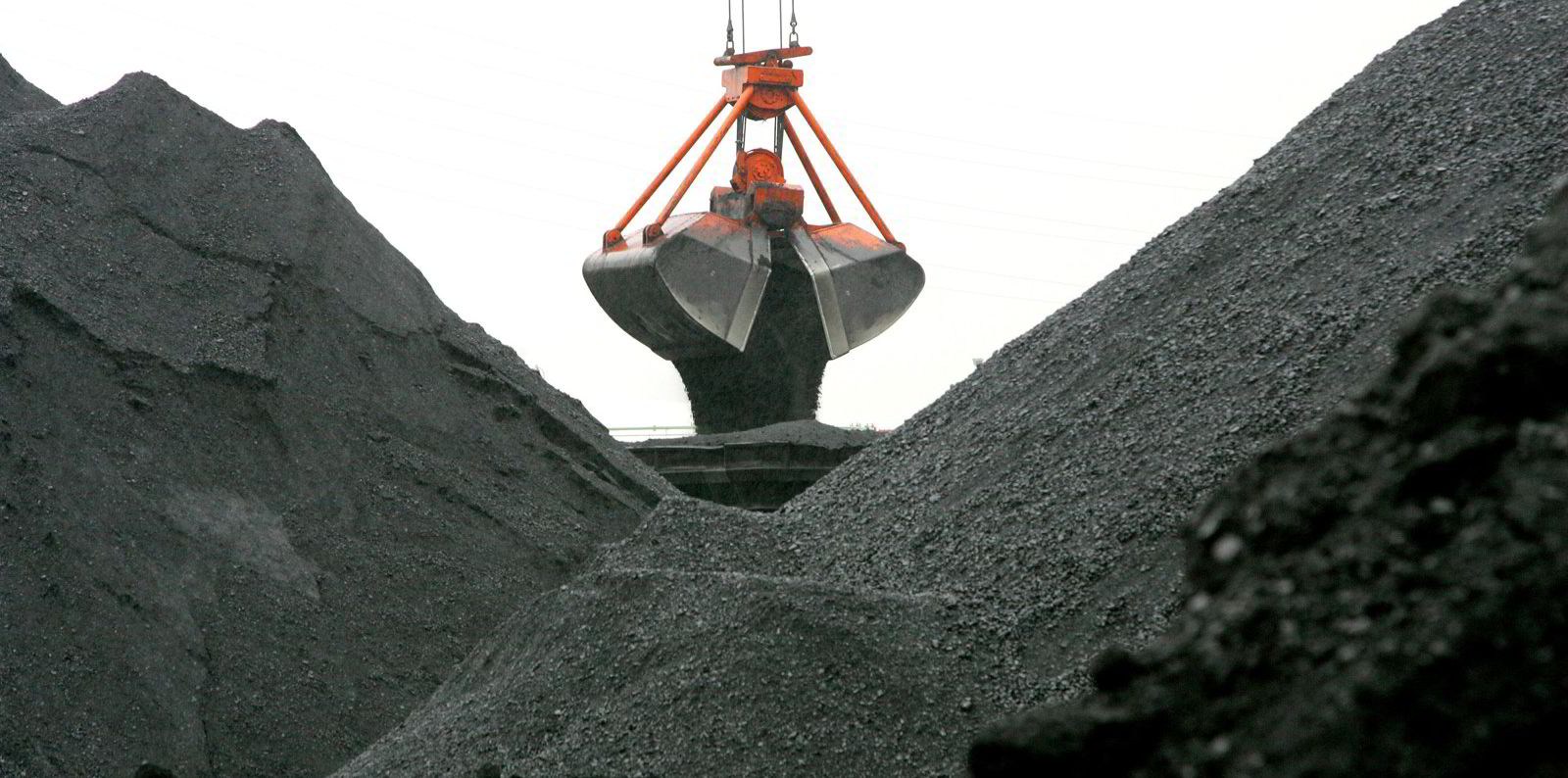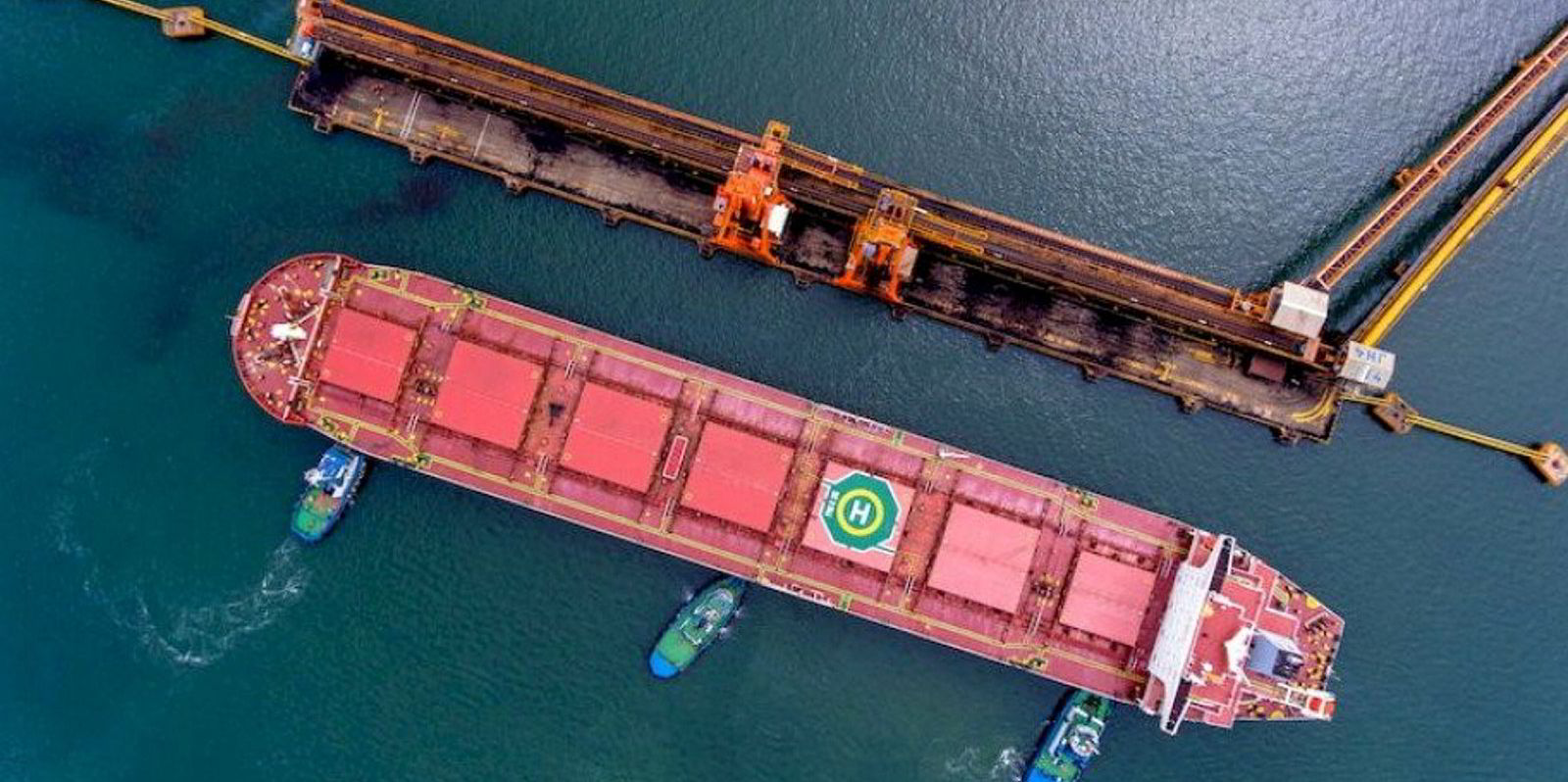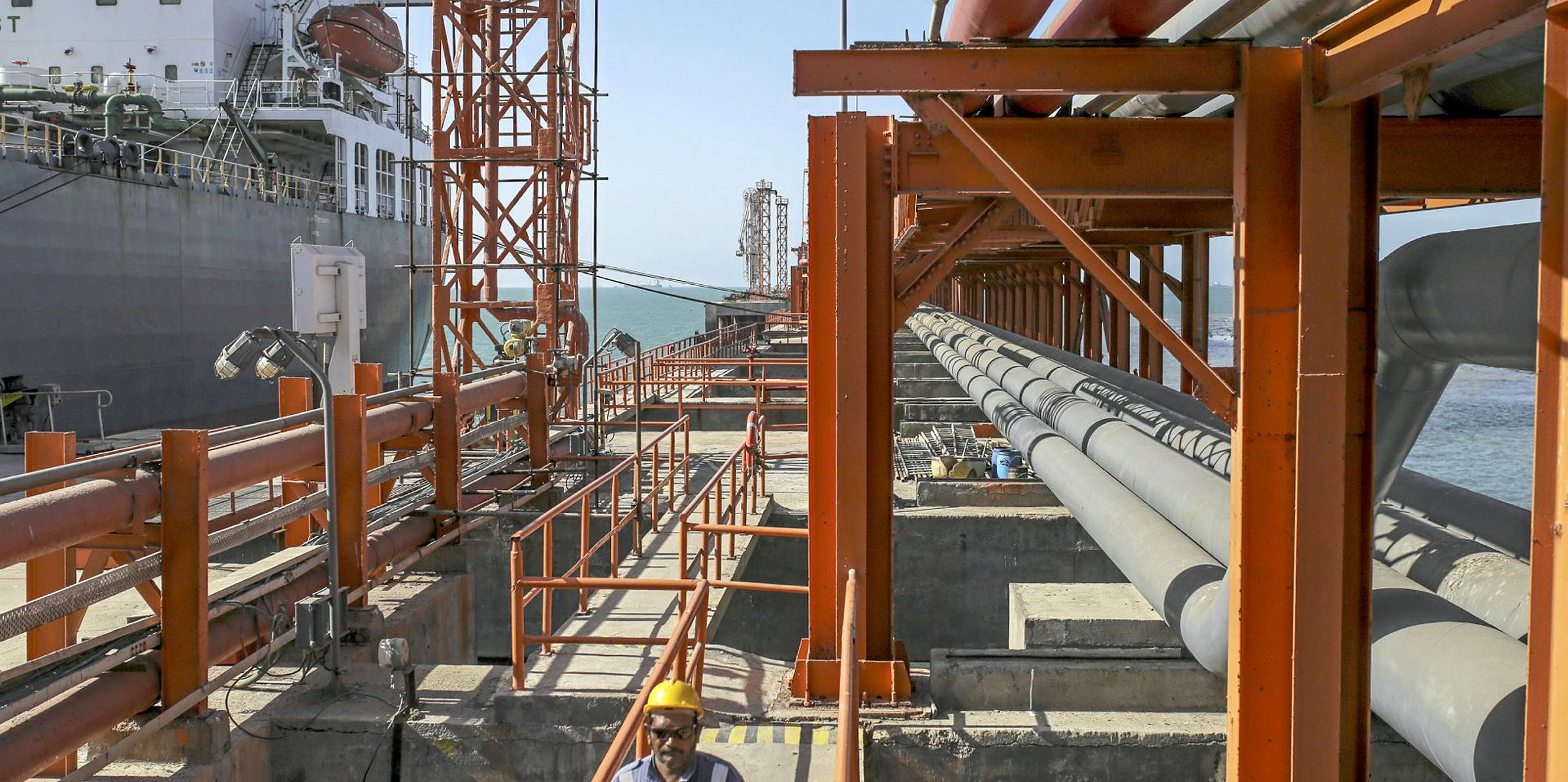India’s decision to continue buying Russian commodities could lead to a major change in trade patterns that could boost tonne mile demand, says a top shipping analytics firm.
The country has chosen to maintain its commercial ties with Russia, despite intense pressure from the US, Japan and other western allies.
The development has since become more substantial, with the Indian central bank reportedly drawing up plans for a direct rupee-rouble trade mechanism that will side-step western sanctions on Russian financial transactions.
As a result, it has become increasingly likely that India will now be the key to how new trade flows will develop in the wake of the war and sanctions, according to UK-based Shipfix.
“Following the Chinese import ban on Australian coal, the flow of the commodity has been increasingly directed to India,” said Shipfix senior economist and market research analyst Ulf Bergman.
“As a result of this shift in trade flows, India has been sourcing most of its coal from Australia, followed by Indonesia and South Africa.”
Bergman added that while India has imported coal from Russia, the quantities have historically failed to make any material impact.
However, should India increase purchases of discounted Russian coal substantially, the recently developed trade pattern will change considerably, he said.

Furthermore, if Russian supplies to India were to be shipped from ports in the western parts of the country, e.g., Ust-Luga or Murmansk, there would be a considerable increase in tonne-miles.
It is not only coal that India is considering buying at discounted rates from Russia, with Indian officials also said to be looking at increasing imports of fertilisers if discounts are available.
“Greater access to fertilisers also has the potential to boost Indian crop production and fuel increasing exports from India should global food prices remain high,” said Bergman.
“After five years of good harvests, inventories have been building up, allowing the South Asian nation to take advantage of high wheat prices and boost its exports.
“Earlier in the month, it was announced that India had agreed to export 500,000 tonnes of wheat and that annual exports of the crop were expected to reach 7m tonnes.”
Bergman said bulker freight rates are also likely to benefit from an Indian pivot towards Russian supplied commodities, as it looks set to contribute to an increasingly sub-optimal global flow of cargoes.
“The changing flow of dry bulk commodities has also led to some traditional relationships between front and back-haul freight rates breaking down,” he said.
“The outbreak of war closed the trade out of the Black Sea, and the Atlantic basin became less attractive for supramax shipowners.
“Hence, the traditional back-haul route from North China to West Africa has risen substantially above its front-haul peers for the first time,” he said.
In addition, Bergman said if Indian utilities were to increasingly rely on Russian supplies, it would free up capacity at its current suppliers for alternative destinations and make it easier for those countries wishing to avoid importing Russian coal to do so.





